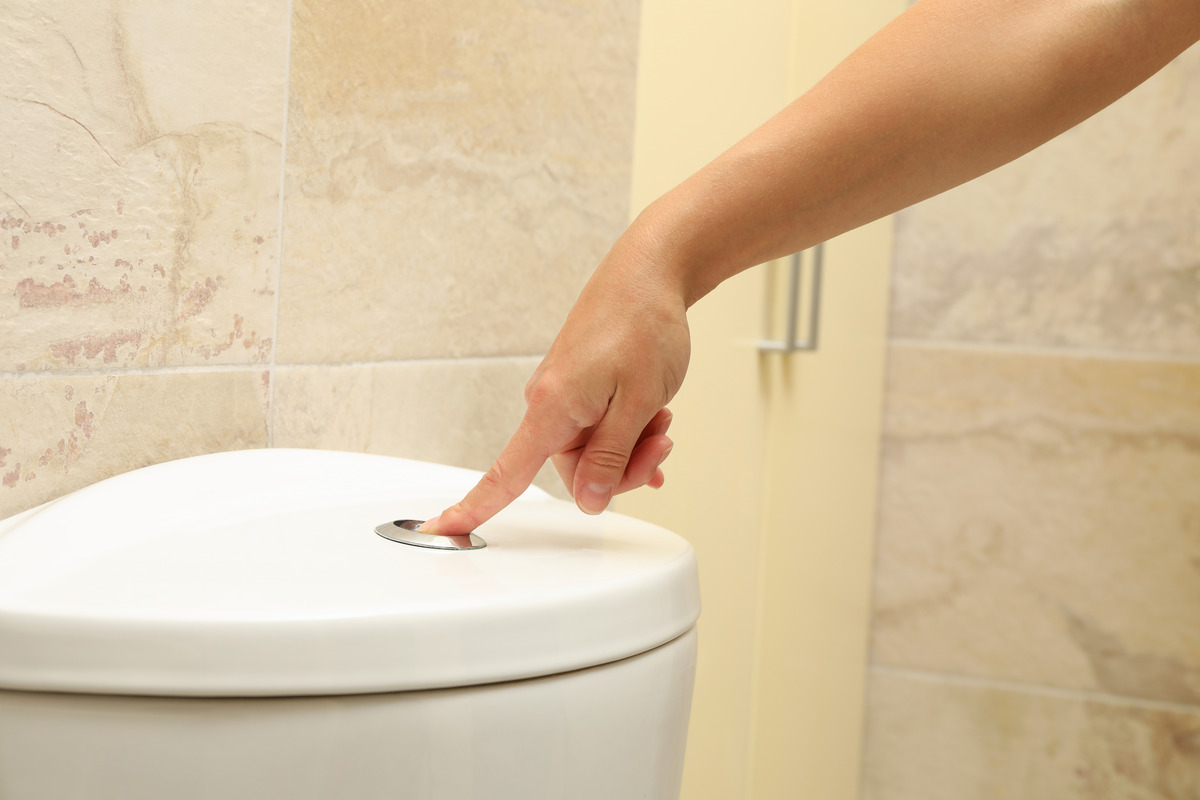Here’s Why Your Toilet Keeps on Running

Have you ever been woken up by the relentless sound of water trickling from your bathroom? A toilet running isn’t just annoying; it’s a problem that could be wasting gallons of water and driving up your water bill. But don’t worry! We are here to help.
Why a Toilet Running is a Problem
You might think a running toilet is just a minor annoyance, but it’s much more than that.
- Water Waste: A toilet running can waste a staggering amount of water—up to 200 gallons a day! That’s like filling up your bathtub five times a day and then simply letting it all go down the drain.
- Increased Water Bills: All that wasted water isn’t free. A toilet running can significantly increase your water bill, costing you extra money every month.
- Potential Damage: Beyond the financial impact, a toilet running can cause damage over time. The constant flow of water can wear out your toilet’s internal components faster, leading to more frequent repairs or even the need for a replacement.
How Does a Toilet Work?
Understanding the basics of how your toilet works can help you diagnose and fix the problem more easily.
Basic Components
Here are the primary parts you’ll find inside your toilet tank:
- Fill Valve: Controls the refill of the tank after a flush.
- Flush Valve: Releases water from the tank into the bowl.
- Flapper: Seals the flush valve opening until you flush again.
- Float: Rises and falls with the water level to signal the fill valve.
The Flush Cycle
When you flush your toilet, here’s what should happen:
- You press the lever, lifting the flapper.
- Water flows from the tank into the bowl.
- Once the tank empties, the flapper seals the flush valve.
- The fill valve refills the tank, with the float rising to shut it off when the tank is full.
If any of these steps don’t go as planned, you may have a running toilet.
Common Causes of a Toilet Running
Now that you know how a toilet works, let’s look at what could cause it to keep running.
1. Faulty Flapper
Signs:
- Constant water running.
- Intermittent flushing without touching the lever.
A worn-out or misaligned flapper won’t form a tight seal, allowing water to seep into the bowl continuously.
2. Float Issues
Signs:
- Water level is too high or too low in the tank.
The float controls the water level. If it’s set too high, water will flow into the overflow tube, causing the toilet to run. If it’s too low, the flush won’t be powerful enough.
3. Fill Valve Problems
Signs:
- Continuous water flows into the tank.
A malfunctioning fill valve may not shut off properly, causing water to keep flowing and your toilet to keep running.
4. Flush Valve Assembly Issues
Signs:
- Water trickling into the bowl.
If the flush valve assembly is damaged or misaligned, it won’t hold a seal against the flapper, allowing water to leak into the bowl.
5. Chain or Lever Problems
Signs:
- Chain too tight or too loose.
- Lever not functioning properly.
If the chain is too tight, it prevents the flapper from sealing completely. If it’s too loose, the flapper won’t lift properly during a flush.
When to Call a Professional
While you can fix many toilet issues yourself, some problems require a professional touch.
Persistent Issues
If you’ve tried everything and the toilet is still running, it’s time to call in the experts.
Complex Problems
Problems like a damaged overflow tube or issues within the plumbing system are best left to professionals.
Toilet Running? Dupree is Here to Help
Understanding why your toilet’s running and knowing how to fix it can save you a lot of hassle, money, and water. For expert help and more tips, consider Dupree Plumbing—we’ve got the expertise to get your toilet back to normal.



